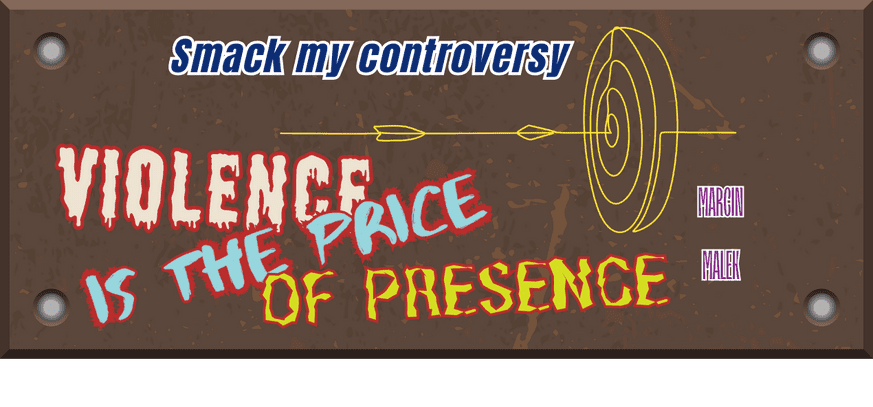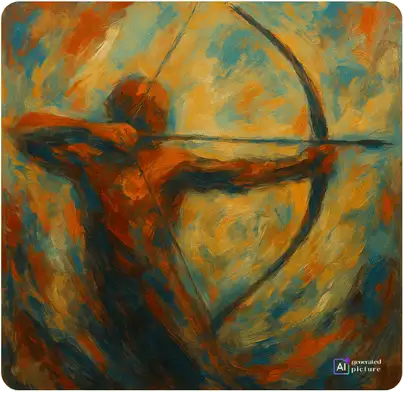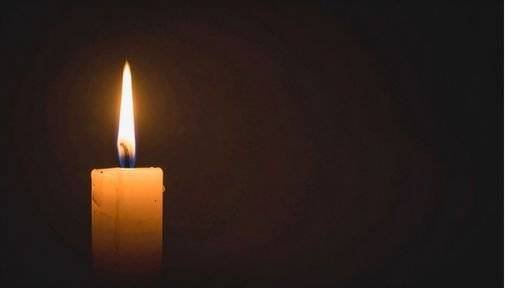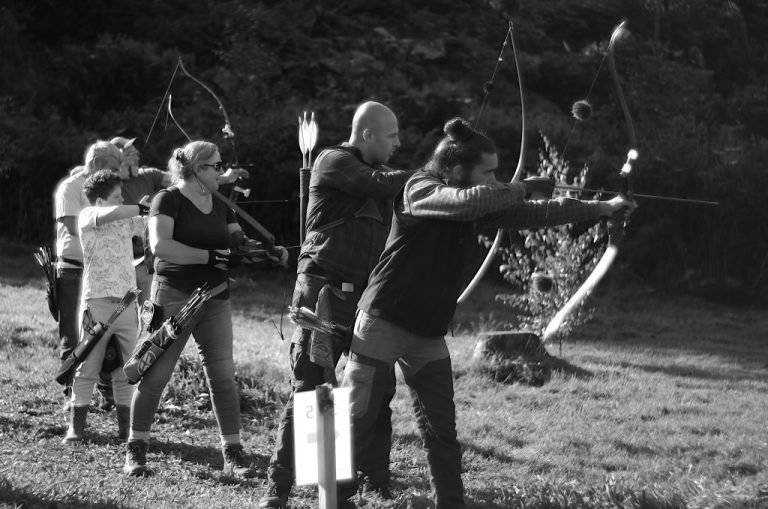
To draw the bow is to gather the world into your hands. Just before the first arrow flies, a hush settles—the kind that fills the chest with something heavier than air. The body enters its stance, feet firm, spine aligned, and the outer world withdraws. Only you remain, bound to the line between your heart and the heart of the target, humming with intention. That line travels beneath sight—it runs from the centre of your chest to the exact point you’ve chosen, binding everything within a slender, deliberate tension. The entire day inclines toward that breath. In that pause, the moment blooms. Every detail—the bow’s weight in your hand, the rise of grain beneath your fingertips, the breeze brushing your sleeve—presses forward with clarity. Each sense sharpens. Each element affirms your presence.This is the archer’s space. Less silence than a kind of waiting—like the world itself drawing breath. The body itself becomes what the philosophers call a dative of manifestation, a receiver of presences, open and attuned to the imminent event.¹
This state of pure, unadulterated presence, however, is born of a profound and deliberate act of violence. The drawing of the bow is an existential gesture, a conscious application of force that brings a stable system to the precipice of rupture. The groaning of the limbs, the tautness of the string against the fingers, the stored energy trembling to be released—these are the sensory data of a contained cataclysm. This act is the will made manifest, a striving that finds its meaning, its very joy, in the overcoming of resistance.² To be fully present with the bow is to be fully present with the force required to bend it, a force that promises both flight and destruction. This intense presence, this feeling of being utterly and completely here, is defined and deepened by the constant hum of its opposite. The world of the archer is one where presence and absence are locked in a dynamic embrace. The arrow, nestled against the riser, is intensely present, yet its very being is defined by its potential absence from the string, its future state as a streak of motion across the sky.
The target, whole and still, is present, yet it vibrates with the possibility of its own violation, its transformation into something pierced and irrevocably altered. The archer’s own calm is a presence held against the coming storm of the release. This is the truth that phenomenology reveals: we appreciate the presence of a thing precisely as other than absent; the horizon of its possible absence must be there for its presence to gain its full meaning.³ The lack itself becomes a palpable force, a presence of absence that charges the air.⁴
The drawn bow is the perfect vessel for this truth, a physical embodiment of potential energy that holds both being and its imminent dissolution in a single, unified form. The arrow, as the great poet-philosopher of space Gaston Bachelard might say, is an object of dynamic imagination, a thing we cannot conceive of as static. To imagine the arrow is to imagine its flight; its essence is its movement.⁵ In the moment of full draw, the archer gives the arrow its potential being, its “sudden salience on the surface of the psyche,”⁶ and in doing so, manufactures a reality where the interplay of presence and absence is brought to its most acute pitch. The price of this heightened state, this incandescent presence, is the introduction of controlled violence into the world.



